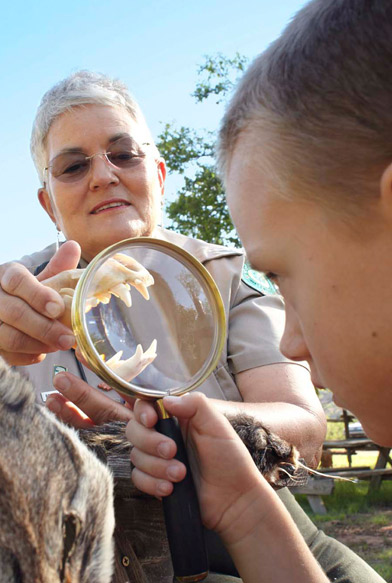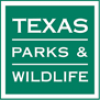We want to connect you with resources in your region that will help you and your family Play, Explore and Learn in nature. This page has useful links to things like curriculum, training opportunities, and tangible resources like gear or equipment. These resources come from our partners and are not an endorsement by TCiN or Nature Rocks Texas, but simply meant to be helpful to families.
Looking for science lessons that are focused on aquatic life and ecosystems in Texas instead of some far away place? Texas Aquatic Science is designed for students to learn about the ponds, lakes, marshes, streams, rivers, oceans and wildlife that are in our own communities. It also has lessons about what types of careers are availble to young people in the aquatic science field. This curriculum is free and open to the public to use.

The NOAA Office of Ocean Exploration and Research provides a variety of learning and teaching tools designed to engage broad audiences and enhance America’s environmental literacy through the excitement of ocean discovery. In this Educational Materials section, you will find links to hundreds of lesson plans written by teachers for teachers, lessons built around specific ocean exploration expeditions across the globe.

National Wildlife Federation has over 1,000 lesson plans designed to introduce students to life science, ecology, wildlife biology, scientific identification and observation. All lesson plans are aligned to the National Science Education Standards.

Project WILD is "Wildlife in Learning Design," a Kindergarten - 12th grade environmental and conservation education program emphasizing awareness, appreciation and understanding of wildlife and natural resources. It can be used by classroom teachers, environmental educators, park and nature center personnel, and youth group leaders. It is interdisciplinary and supplementary and can be used to teach basic skills in science, social studies, language arts, math, art, music and physical education. More information at Texas Parks and Wildlife Department.

Texas Wildlife Association offers on-demand webinars about wildlife and conservation. You can view these as an individual or use them in the classroom or in a home school setting.

Your child can become a junior ranger and even check out an Explore Pack at most state parks. Find out how your child can become a junior ranger and start exploring at a state park near you.

Does your family enjoy spending time outside, but sometimes wish you had other families to explore with? A Family Nature Club is a great way for families to come together to plan outings, learn from each other and even enjoy greater adventures like camping or backpacking. Discover how you can start your own, volunteer lead club and use Nature Rocks Texas to connect with the events, parks, zoos and nature centers in your community.

There are tons of Educational Loaner Trunks availble all around the state from Texas Wildlife Association, Texas Parks and Wildlife, National Parks, and other non-profits. These trunks are available for loan to formal and informal educators, and youth leaders. Each trunk contains activities and materials appropriate for multiple age level groups. Contact information for obtaining each trunk is listed on the Texas Parks and Wildlife website.

Nature is a great teacher! Try these fun and easy-to-do activity ideas from Project Learning Tree to connect the children in your life to the outdoors and nature. Suitable for children ages 3 - 15.

Texas Parks and Wildlife offers tackle for fishing at multiple sites around the state. You simply check out the tackle like you would a library book and return it when you are done. Also when you are fishing in a state park, you do not need a fishing license, but you do need to follow the fishing guidelines for size and limits. Find out which state parks have the tackle loaner program near you.






